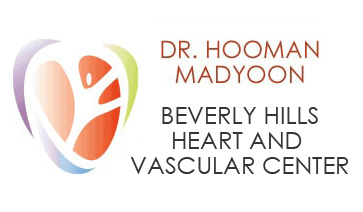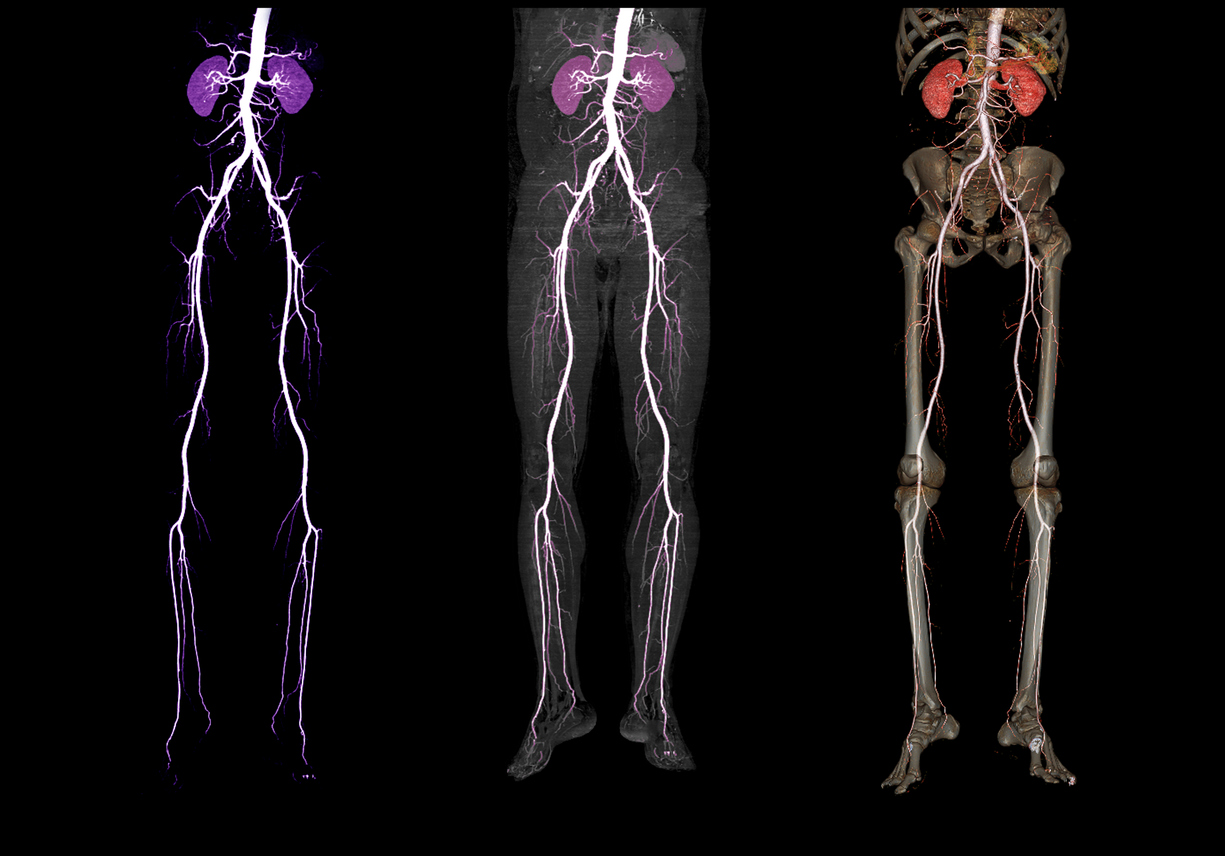For decades, health experts have warned people of the dangerous side effects smoking can wreak on your body. Cardiovascular disease, lung cancer, gum damage, and respiratory disease are just a few of the commonly linked health conditions that are associated with smoking. Now, it appears health experts have added smoking and Peripheral Artery Disease as another link to that list. If you are at risk or have been diagnosed with a health condition from smoking, contact the experts at Beverly Hills Vein Center for a consultation and treatment.
What is Peripheral Artery Disease?
According to the American Heart Association, Peripheral Artery Disease (PAD) is a “narrowing of the peripheral arteries serving the legs, stomach, arms, and head.” Although you may not be familiar with PAD, it affects over 8.5 million Americans each year. This diagnosis is similar to coronary artery disease in that atherosclerosis causes them both . Atherosclerosis is a condition where passages to the arteries narrowed or become blocked to crucial areas of the body. Most often, this occurs from hardened plaque build-up. This blockage can cause serious health risks from lack of proper blood flow to the extremities of your body. To get more information on Peripheral Artery Disease, contact the team at Beverly Hills Vein Center.
Are Smoking and PAD Related?
In short, the answer is yes. A recent study found that women who smoked where 20x more likely to develop PAD compared to their non-smoking counterparts. Smokers are more likely to be affected because of the way that the chemicals in tobacco negatively impact the heart and blood vessels. Over time, these chemicals can fill your vessels with plaque that can harden and constrict crucial blood flow. Oftentimes, those with PAD experience it in their extremities. These are “peripheral” to the heart and require the blood to travel the farthest. If you currently smoke or have a history of heavy smoking, then health experts put you as considered at high risk for PAD.
What Are the Symptoms of PAD?
Although there is a high correlation between smoking and Peripheral Artery Disease, it is important to be educated on the symptoms before assuming that you or your loved one has it. Here are some common signs and symptoms of PAD.
- Leg Numbness or Weakness: Constricted blood flow to crucial areas of your body, like your legs can cause the area to feel numb or weak. It can also appear as cramping in your hips, thighs, or calf muscles from even small activities like climbing stairs.
- Wounds That Won’t Heal: It is natural for your toes, feet, or legs to experience some bruising and cuts from everyday life. However, try to notice if the sores aren’t healing. This could be a sign of a lack of proper blood flow from PAD.
- Cool, Shiny Skin: If you notice that one of your legs is cool to the touch and shiny, especially compared to the other leg, then it could be an indicator of PAD.
Contact a Specialist
These are some common symptoms, but the signs of PAD can go beyond this list. If you notice any unusual hair loss, muscle atrophy, or numbness, then it is important to contact your healthcare professional. Do so immediately, so they can address any concerns early on.
If you smoke or have a history of smoking, then you are at high risk for health conditions like PAD. Fortunately, there are effective treatment measures available. Seeking these out can ensure that you remain healthy and that your quality of life stays intact. To schedule a visit with the experts at Beverly Hills Vein Center, visit their website today.

